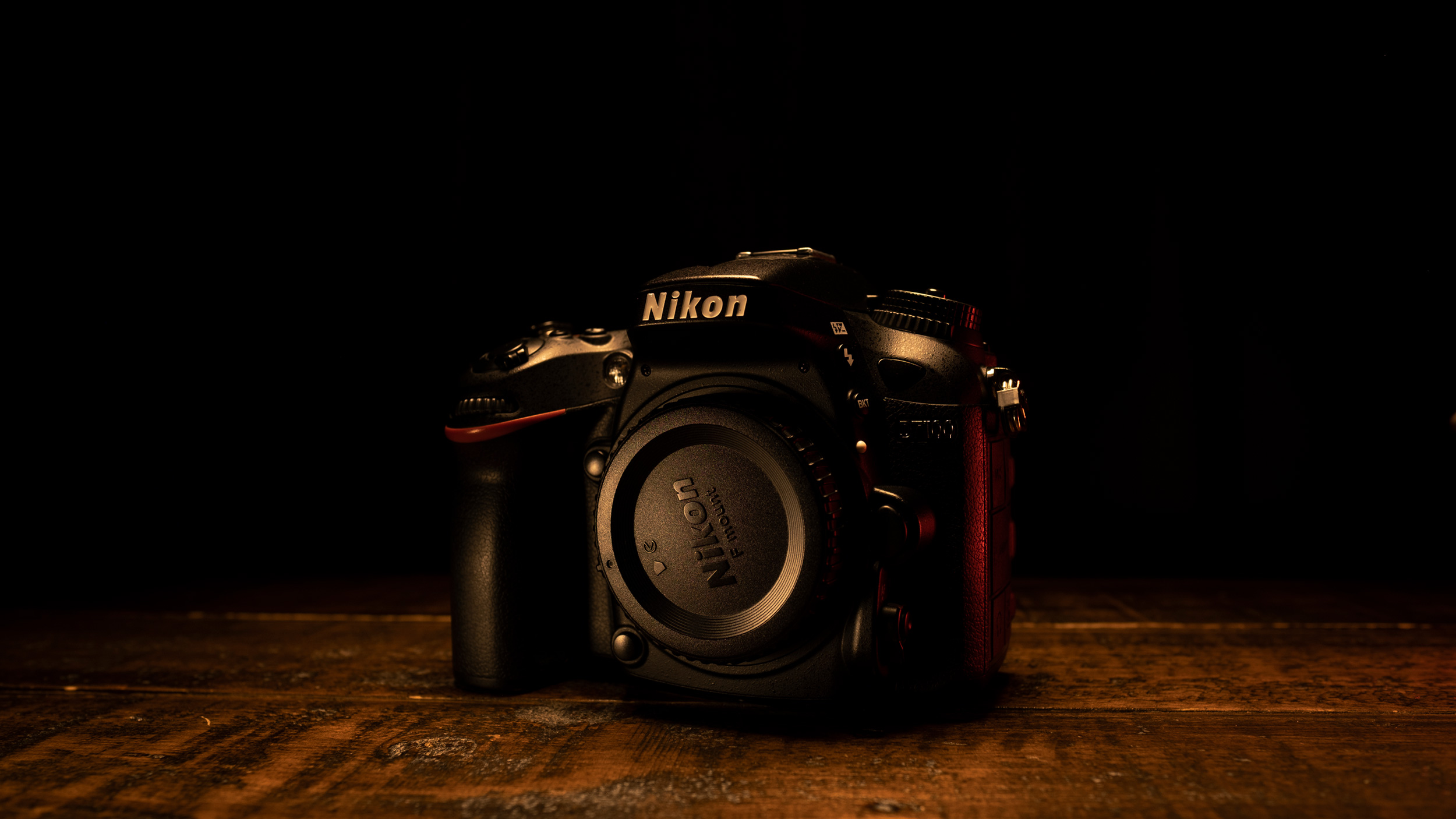The popularity of mirrorless cameras is growing rapidly amongst many amateur and professional photographers. However, there is still a heavy misconception that DSLR’s are dead and that mirrorless cameras are better overall. This is simply not true and there is both pros and cons to both.
The DSLR
DSLR stands for digital single lens reflex. The first Digital SLR arrived in 1975 by Steven Sasson, an engineer for Kodak. Unlike the SLR, a DSLR has two viewfinders. A digital display on the back, primarily for viewing menus and playback. Then the main optical viewfinder, which allows the most accurate optical preview.
With the optical viewfinder, light passes through the lens and bounces off a mirror which sits 45°, before hitting a pentaprism. The pentaprism allows the photographer to look through the viewfinder and see everything the correct way up. Before this was introduced, photographers would have to look downwards in the viewfinder to see what the camera was looking at forwards. The pentaprism reflects the lens view several times internally to correctly display the view with no reversing. When the shutter is pressed, the mirror flips out the way to expose the sensor to light. This is why the viewfinder briefly goes black when a photo is taken. With a DSLR, it has a true optical path with no digital processing. What is seen through the viewfinder, is precisely what the lens is seeing at that moment.
It’s advantages –
- A bulky body allows better grip
- Longer lasting battery life
- Performs better in low light
- Larger variety of compatible lenses
- Superb autofocus
It’s disadvantages –
- Heavier and takes up more space
- No video phase detection
- Complex construction
The Mirrorless
In today’s photographic world, there is serious competition between mirrorless camera manufactures: Nikon, Sony, Canon, Panasonic, Fuji etc. Despite seeming like new technology, the mirrorless camera has been around for a long time. In 2004, the printer and ink company, Epson, released the RD-1. It was a premium camera for its time, a digital rangefinder camera with interchangeable lenses.
As its name suggests, a mirrorless camera doesn’t have a mirror inside. With no mirror or prism, light goes straight through the lens and into the sensor, which is constantly exposed. This is then processed and gives a digital preview on the LCD screen or through the electronic viewfinder (EVF). The electronic viewfinder holds many advantages over a DSLR’s optical viewfinder. Such as when you change exposure it will change in the viewfinder, live histograms, peaking, zebras etc.
It’s advantages –
- Small and compact
- More autofocus points with superb auto focusing and face detection
- Simple Mechanics
- High burst rate, through having no mirror to retract
- Significantly quieter shooting than a DSLR
It’s disadvantages –
- Low light image preview, in low light the electronic viewfinder may become grainy
- Poor battery life
- Fewer choices of lenses
Overall, with today’s technology, both DSLR and mirrorless cameras offer beautiful image with exceptional performance.

